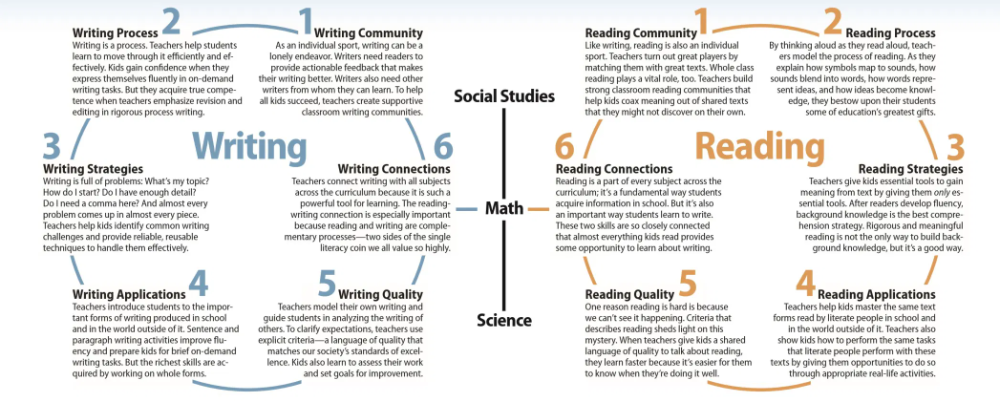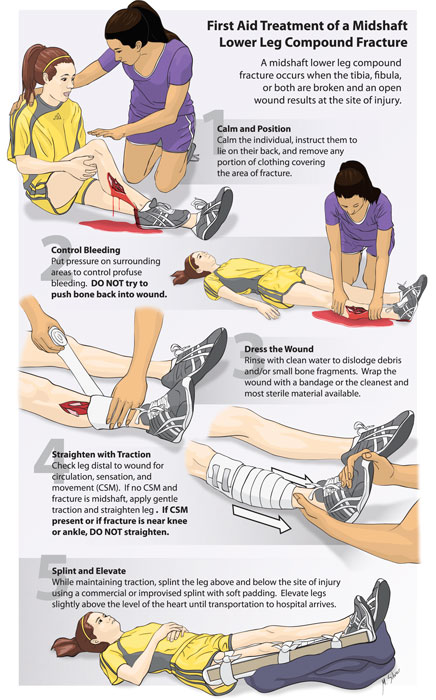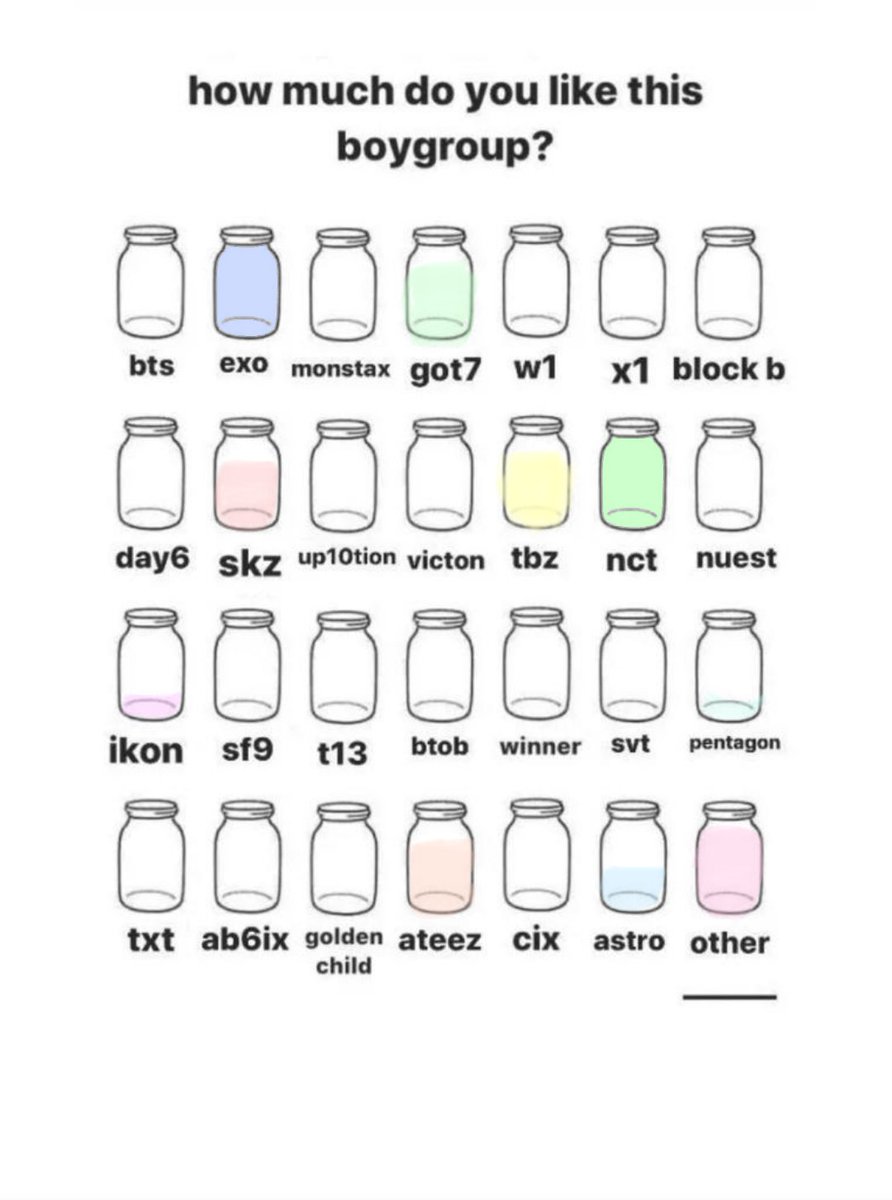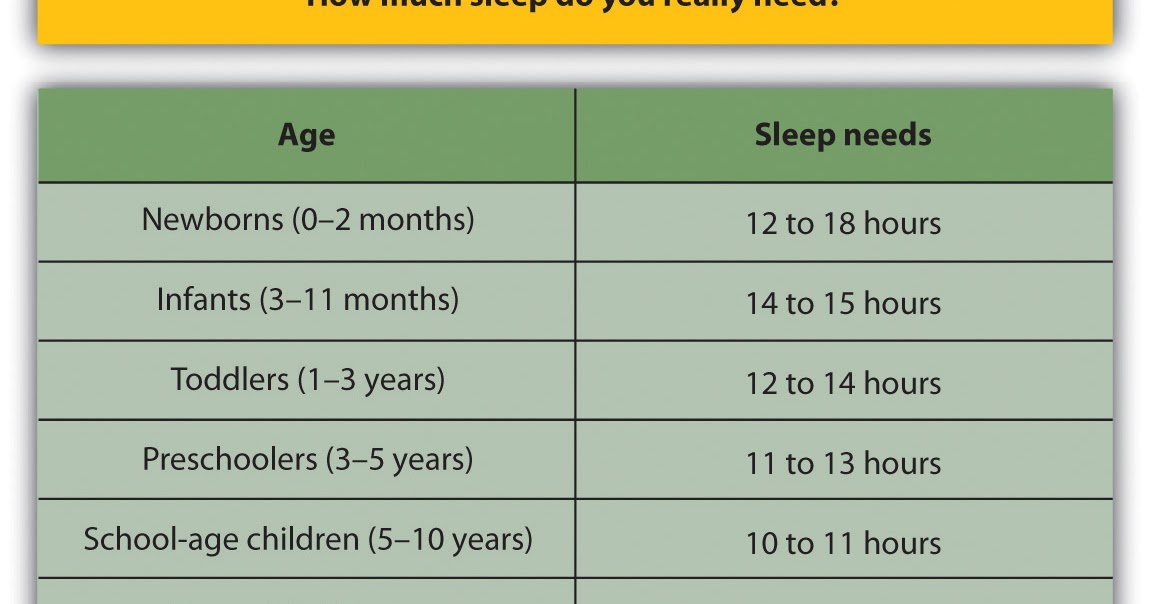How to help your child read fluently
How to Improve Reading Fluency for Better Comprehension
You’ve spent years reading storybooks, store signs, and cereal boxes to your child. But now that they're learning to read out loud by themselves, story time might feel like new territory. When your growing reader furrows their brow with every word and stumbles through most sentences, there are certain steps you can take to set them up for lifelong reading success.
Reading fluency is the ability to read out loud accurately, at a good pace (not too slow or too fast), and with expression. “Although it’s typically measured in school when children start reading on their own, such as at the end of first grade, reading fluency is something you can start working on with them even before then,” says Helen Maniates, Ph.D., associate professor of teacher education at the University of San Francisco.
And it certainly pays to, because reading skills can help your child get more out of every subject in school. “Reading fluency contributes to reading comprehension,” says Maniates. “When children read slowly, don’t pay attention to punctuation, or struggle with particular words, they lose track of the ideas in the text.” Set your child up for academic success with these easy — and fun! — reading approaches.
1. Show them your own fluent reading.
The more often your child hears fluent reading, the more likely they are to pick it up. “Start by reading a paragraph or a full page from a book, and then ask your child to read it,” says Brook Sawyer, Ph.D., an associate professor focusing on language and literacy development at the College of Education at Lehigh University. “When you provide that model, it’s an opportunity for the child to get familiar with the story, understand the pacing, and then mimic you.”
As you model, channel your high school drama class: Read with exuberant, Oscar-worthy expression and pause at the appropriate times (at commas, periods, etc.) to demonstrate the cadence of our language. It’s also helpful to play audiobooks in the car to squeeze in extra modeling time when you’re on the go, says Sawyer.
2. Teach your child how to track words.
If you’ve ever learned a new language, you know how difficult it can be to decipher where one word ends and the next begins when listening to a conversation. Your little learner might feel the same way when they try to follow along during story time. That’s where tracking — or running your finger under words as you read them — comes in handy. You can track while you’re reading to your child, or ask them to track when they're reading out loud.
“When kids are first learning to read, it’s really important for them to touch each word to understand the correspondence between the spoken and written language,” says Maniates. “It’s a stepping-stone strategy. Eventually, they’ll be able to tackle larger phrases without reading word by word.” To make tracking words more fun for your child, equip them with plastic Martian or witch fingers!
3. Try choral reading together.
Not to worry: No singing skills required! Choral reading simply means you read a story out loud, and ask your child to read along with you at the same pace.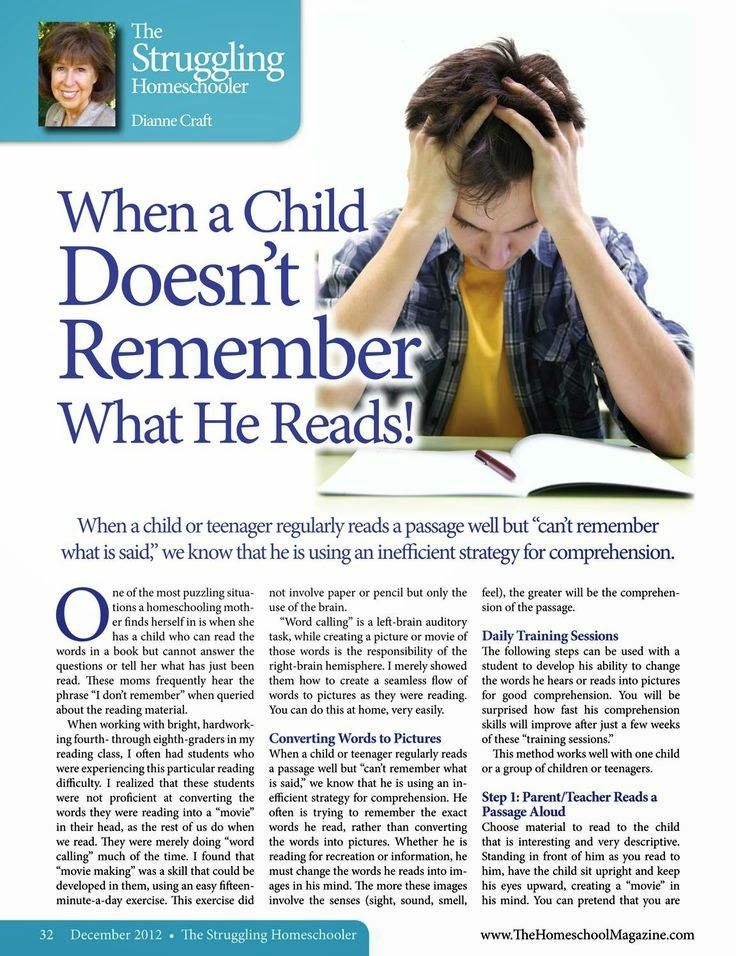 This helps them understand what fluent reading feels like, and gives them the chance to practice it themselves at your pace, says Sawyer. It’s OK if you’re a tiny bit ahead of them — just be sure to pick a book that they can already read themselves. That way, they're working on pacing and accuracy rather than decoding new words.
This helps them understand what fluent reading feels like, and gives them the chance to practice it themselves at your pace, says Sawyer. It’s OK if you’re a tiny bit ahead of them — just be sure to pick a book that they can already read themselves. That way, they're working on pacing and accuracy rather than decoding new words.
4. Focus on sight words.
You may notice that your child struggles with certain words like “walk” or “house,” also known as sight words. “These are words that are not decodable by sounding them out phonetically,” says Maniates. “They often overlap with high-frequency words, which are those that appear very often in children’s texts.” When your child memorizes what these words look like and can instantly recognize them, they won’t have to spend valuable reading time (and brainpower!) trying to sound them out.
Turn teaching sight words into a game: Spell the words out with magnetic letters; write them on a large piece of paper and ask your child to splat the correct word with a fly swatter when you say it; or use activity packs to help them easily learn them anywhere.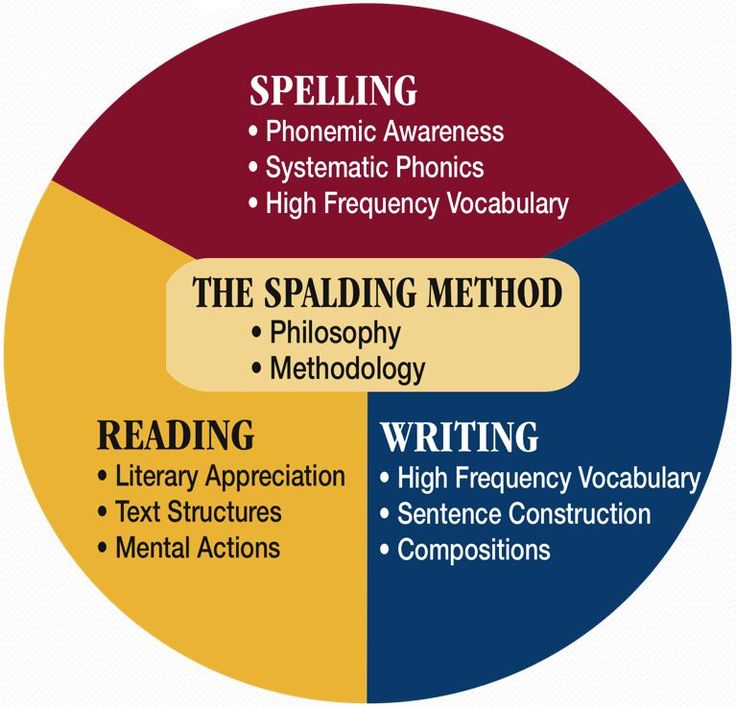
5. Recruit a friendly audience.
Just like us grown-ups, kids are more likely to fumble over their words when they feel nervous or uncomfortable. Set up an inviting stage for them to practice reading stories out loud by creating an audience out of their favorite stuffed animals or recruiting your family pet to listen along. “Some kids really don’t like to read in front of other people, either because they feel shy or feel pressure around it,” says Sawyer. “Start by reading a story together, and then for extra practice, set up a pretend audience that they can read out loud for.”
Eventually, this might also help your child read with more expression. “Reading out loud is almost like a performance, because you’re thinking about your voice, the volume, the pitch, the tone, and you might even be making facial expressions or gestures,” says Maniates. “We want kids to do this when they’re young because that’s how they’ll internalize stories when they read silently to themselves later on. ”
”
6. Record, evaluate, and repeat!
Every so often, when your child is reading out loud, record a passage and then listen to it together. You might celebrate that they read on pace, then record it a second time while aiming for more expression. “Set a specific goal for the session, and decide together what you want to do a little better,” says Sawyer. Just be sure to make it a relaxed setting (this is something you can do in jammies and on the sofa!) and focus on the positive strides your child is making.
It's also a good time to incorporate texts that are easy for your child to read. “Parents are often concerned with getting their kids ahead in reading, but when they’re struggling, going back to easier texts can be really helpful,” says Maniates. “It builds confidence and consolidates their skills so they can expand upon them.”
Shop books that build fluency skills below! You can find all books and activities at The Scholastic Store.
6 ways to help your child read fluently, cover to cover
You know his voice.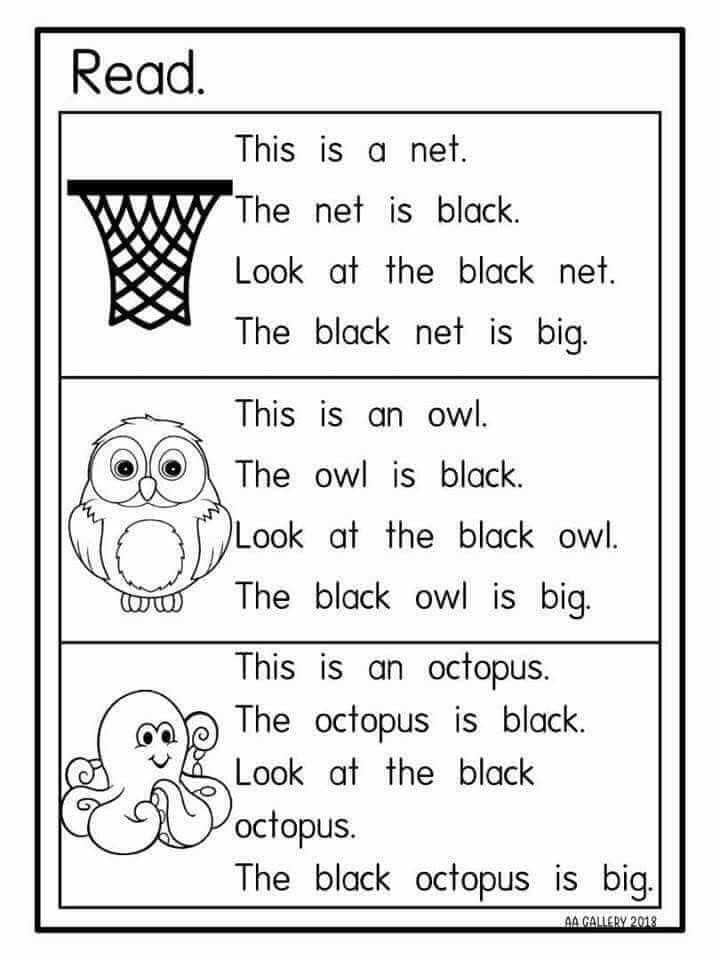 It’s deep, soothing, trustworthy. Fans have described it as “running your hand across expensive velvet” or “drinking a rich creamy coffee with your ears.”
It’s deep, soothing, trustworthy. Fans have described it as “running your hand across expensive velvet” or “drinking a rich creamy coffee with your ears.”
His voice is everywhere: movies, commercials, audiobooks, video games, even traffic apps. But what is it about Morgan Freeman that makes him such an in-demand narrator, one who captivates our ears and hearts? Why would I gladly listen to him recite lyrics to a Justin Bieber song? (The Internet is a strange place.) Well, part of his magic as a narrator begins with his reading fluency skills.
What is reading fluency?As children gain skills in reading individual words, they begin to work with connected text: sentences, paragraphs, and pages of text. As adult readers, we’re mostly reading silently in our heads. But when children learn to read, they read out loud. This allows teachers and families to observe the three important ingredients of reading fluency: rate, accuracy, and expression.
[R]eading words correctly and quickly doesn’t always mean children have understood what they’ve read.
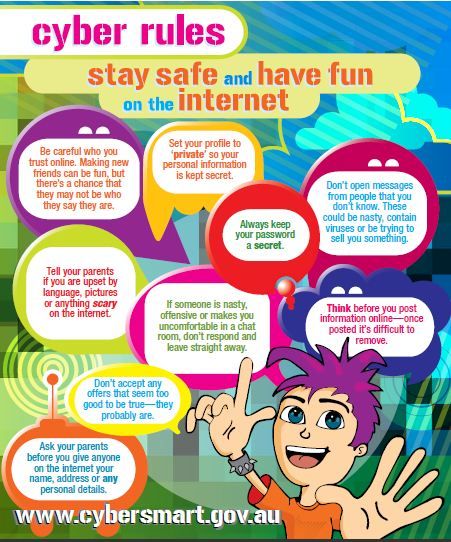
Let’s look at each of these ingredients in action with Morgan Freeman. When he narrates a film, he reads his lines at a speed, or rate, that is comfortable for the audience to follow along with: not too fast, not too slow, but at just the right pace based on what he’s reading. His rate is also smooth, not choppy. He pronounces the words accurately. He shows expression by pausing when making an important point or raising the pitch of his voice when asking a question. Of course, he is a paid actor who gets to read a script in advance, but still. His expert reading fluency is one of the reasons for his success as a professional narrator.
When a child is reading fluently, they are able to pronounce the words accurately with relative speed. However, it’s important to note that reading words correctly and quickly doesn’t always mean children have understood what they’ve read. We’ve all probably experienced listening to a child—or even an adult—read a text at a fast rate but with a monotone voice.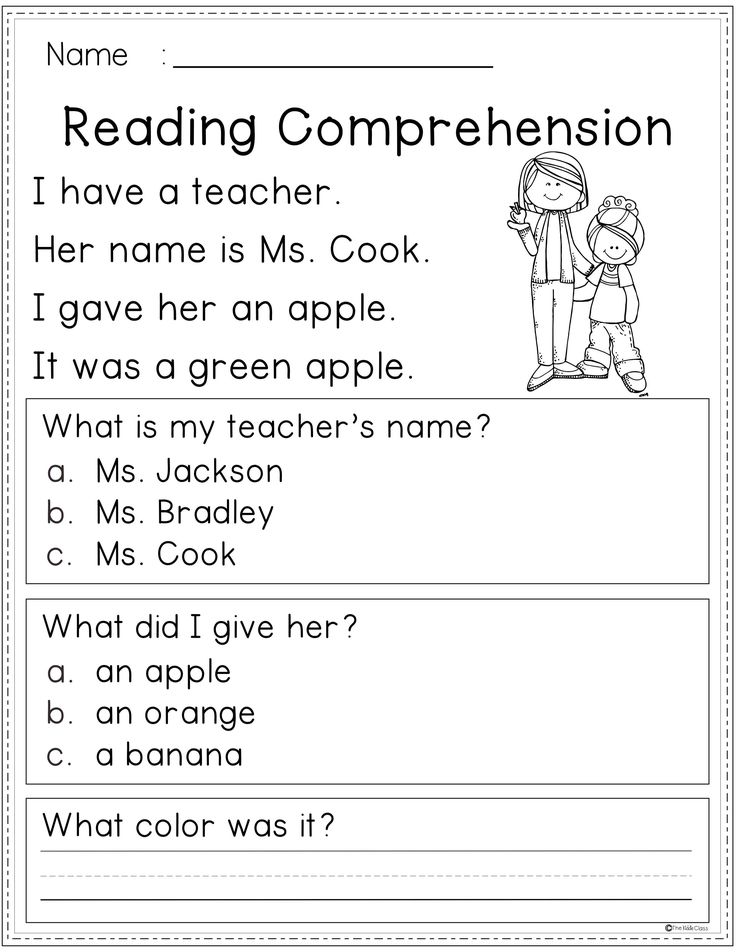 It’s not a pleasant experience. (Remember this funny but headache-causing commercial from the ’80s?) It’s also a sign that a child may not be understanding what they are reading.
It’s not a pleasant experience. (Remember this funny but headache-causing commercial from the ’80s?) It’s also a sign that a child may not be understanding what they are reading.
We want children to read with an appropriate rate, accuracy, and expression, just like Morgan Freeman. If a child is reading so fast that they are not pausing at appropriate places or changing the tone of their voice, then they are likely not understanding what they are reading. This is why expression is key. Understanding appropriate phrasing and punctuation supports meaning making.
Why is fluency important for reading?Fluency is really important for reading because children who read fluently recognize more words automatically and spend less time sounding them out (also called decoding). This frees up their brain to focus on making meaning of the words they are reading. They are able to more quickly draw on their vocabulary and background knowledge, which means reading comprehension can occur more easily.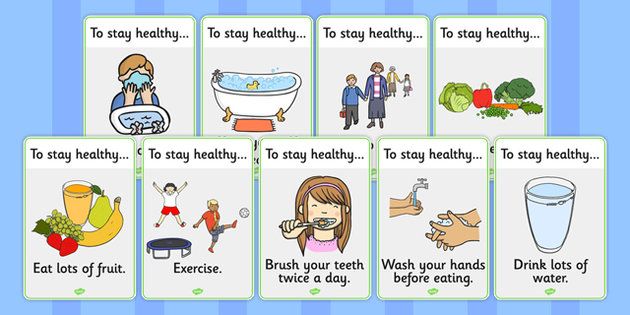 Indeed, reading fluency strongly predicts reading comprehension.
Indeed, reading fluency strongly predicts reading comprehension.
In the pyramid graphic below, you can think of fluency, the center triangle, as the bridge that helps readers combine their language comprehension (bottom left triangle) with their decoding skills (bottom right triangle) to achieve reading comprehension (top triangle).
There is huge and important growth in reading fluency for kids in first and second grade. A typical reader progresses from reading aloud about 30 words correct per minute in the middle of grade 1 to reading aloud about 100 words correct per minute by the end of grade 2. This growth opens the doors for readers to comprehend and explore a whole new world of ideas!
[R]eading fluency strongly predicts reading comprehension.
Children who struggle with fluency may avoid opportunities in class where they are asked to read aloud out of fear of embarrassment or feelings of frustration. They might show little interest in reading books for pleasure. When children don’t participate in reading activities, they miss important chances to further develop their reading skills. It’s important that students are given time and support to work on their reading fluency skills.
When children don’t participate in reading activities, they miss important chances to further develop their reading skills. It’s important that students are given time and support to work on their reading fluency skills.
What can you do to help support your child’s reading fluency at home?
There’s a lot you can do to help your child strengthen their reading skills. Here are a few suggestions for things to try that will support their fluency. They are great for kids of all ages.
1. Listen to your child read aloudThe first step in helping your child with fluency is to listen to them read aloud a page or so of grade-appropriate text. Listening to your child read will help you better understand where they might need the most support.
Fluency work typically begins around the middle of first grade. Children have begun learning to decode individual words and are now reading those words in connected sentences. As a result, they can begin practicing reading with accuracy, rate, and expression.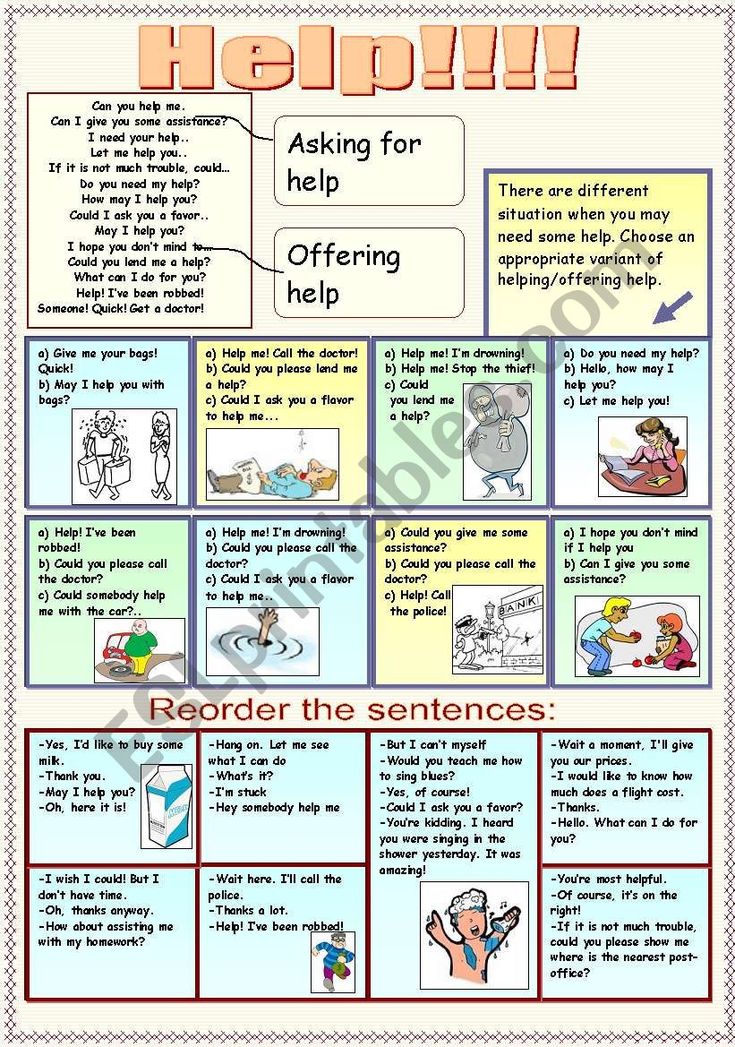 Children continue to develop their fluency skills in grades 2–12 as they encounter texts with longer sentences and more challenging vocabulary.
Children continue to develop their fluency skills in grades 2–12 as they encounter texts with longer sentences and more challenging vocabulary.
If your child still sounds out a lot of words, they might need more help with decoding before focusing on fluency. Check out my colleague Leslie Yudman’s post, “Mystery solved: How to help your child crack the phonics code,” for more information about decoding and tips for how to support your child.
2. Start a family bandJust kidding. Well, sort of.
One fun way to help your child develop reading fluency is to do something called choral reading. Using that strategy, you and your child (and whoever else wants to join in!) read a story out loud together and at the same rate. It might sound odd, but it’s a common classroom practice. The video “Choral reading” on YouTube will give you a good feel for what it looks like. (It’s directed at teachers, but stick with it. Hop ahead to minute 3:33 if you’re pressed for time.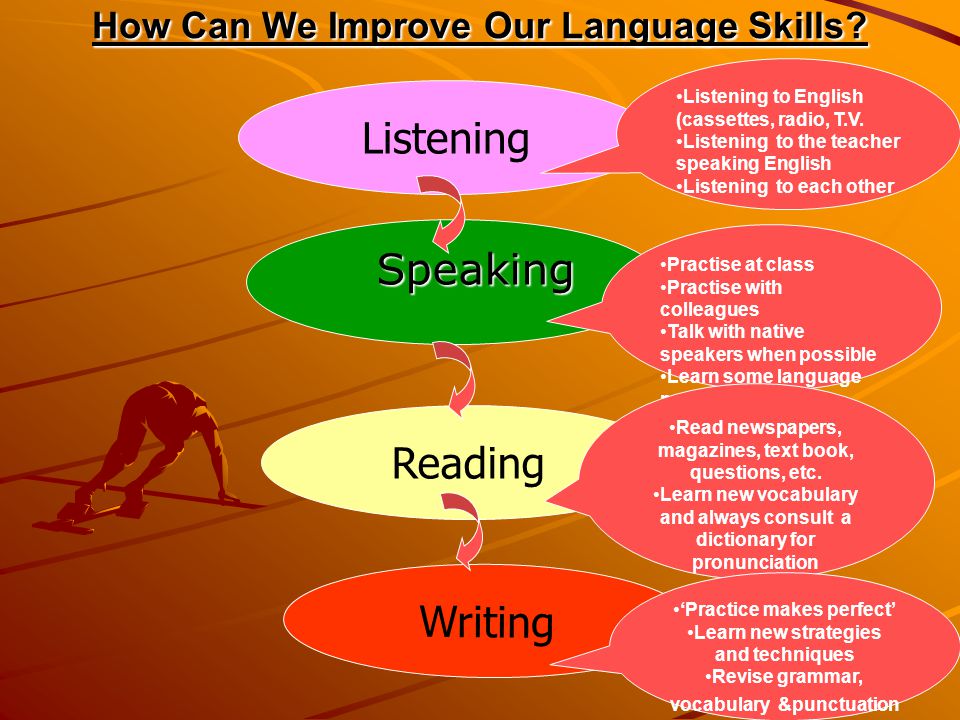 )
)
Choral reading is a great exercise to repeat more than once. Children benefit from repeated reads of the same text. We all benefit from practice, and repeated readings give children more opportunities to hone their accuracy, rate, and expression. You can bet that as a professional narrator, Morgan Freeman reads and rereads his script so he, too, can practice his fluency before speaking into a microphone.
Repeated reads also allow children to dig deeper into the texts and strengthen their understanding of what they are reading. If you’ve ever had to reread directions when putting together a piece of furniture, then you know the benefit that a second (or maybe even third) read can bring to a situation. You catch details that you didn’t notice the first time.
3. Model, model, modelRead aloud to your child and model fluent reading with appropriate rate, accuracy, and expression. This can be from a picture book, a chapter book, an interesting article in a newspaper or magazine, or somewhere else altogether.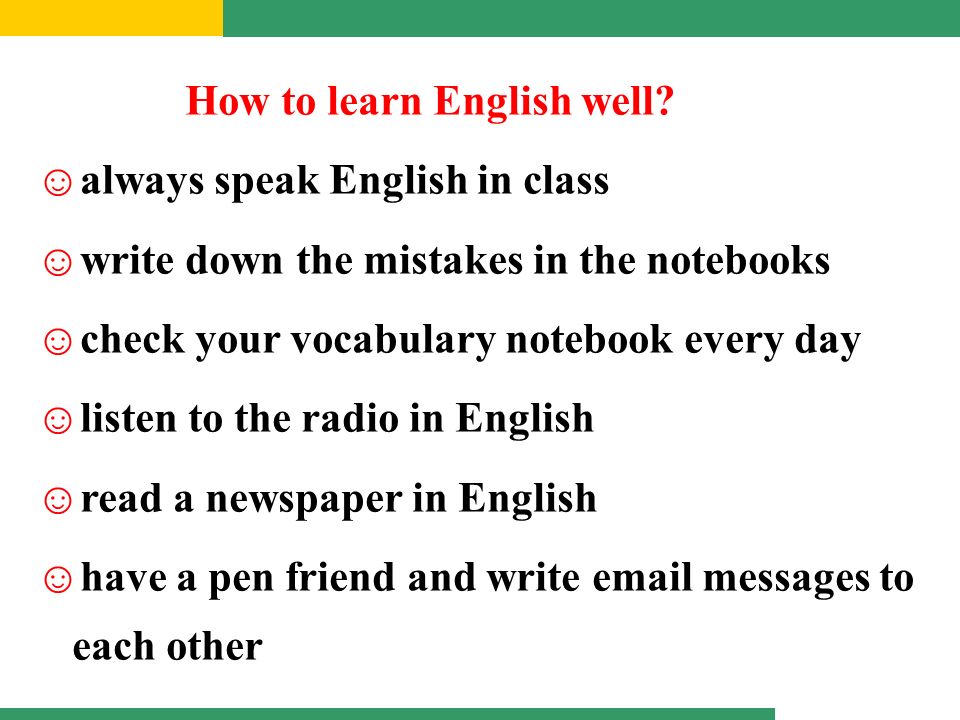 The Mississippi Department of Education has some great book recommendations for each grade level.
The Mississippi Department of Education has some great book recommendations for each grade level.
For longer texts, don’t worry. You don’t have to model fluency with the entire thing! You can use chunks of 100 words or so.
The aim of reading isn’t to read as many words correctly per minute as possible. [It’s] to be able to understand more and more complex texts.
You can even pair books with their audio versions so your child can follow along with an expert fluent reader. Storyline Online and PBS Kids Read-Alongs are two free online resources that feature celebrities reading children’s books aloud.
For older readers, talk to your school or local librarian about pairing a printed version of a book with its audio version. There are also several websites and apps that offer free audiobooks.
4. Practice, practice, practiceChildren learn by doing. After listening to you read aloud a section of text, your child can practice by trying to read it aloud to you.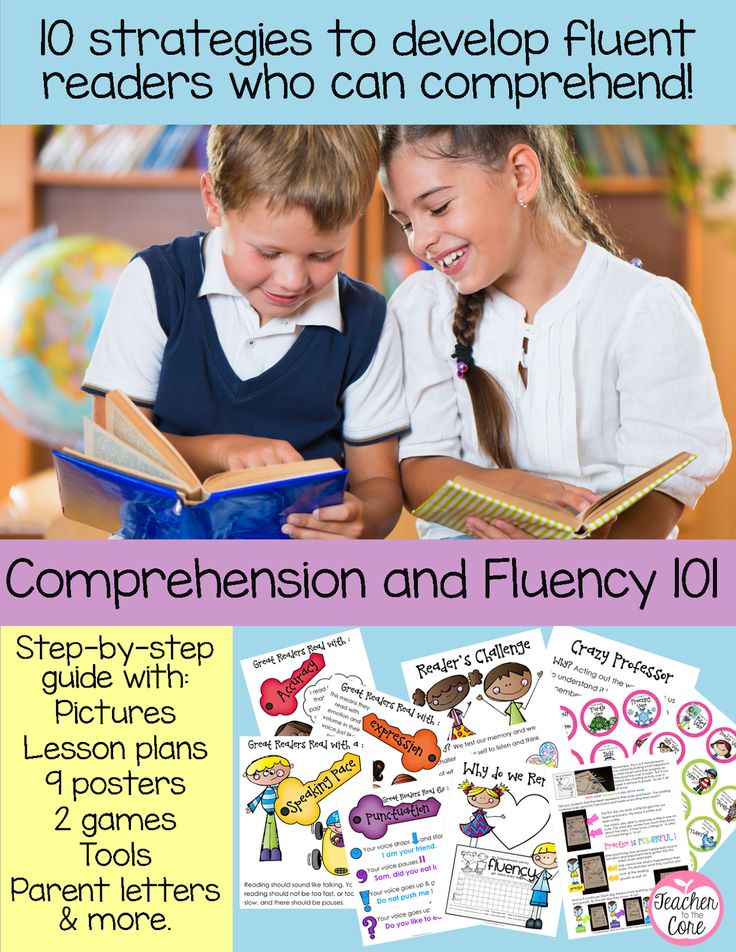
If your child struggles, try not to jump in right away to help them. A valuable model to remember is pause-prompt-praise. Pause to give them time to try to determine how to pronounce a word or to self-correct an error. If your child is stuck, prompt them by offering some suggestions to get back on track. (One helpful tip for fluency practice is for children to physically track the words as they read. This may be with their finger or even a paintbrush.) Then comes the easiest part: offering praise. Let your child know when they’ve demonstrated strong effort and success.
5. Focus on a topic or text they loveDon’t make reading a task they dread. You want your child to enjoy reading! Find books on topics they love. Your local librarian is sure to be eager to help you find plenty of options.
If your child isn’t into anything in particular right now, reread some of their favorites. (Remember, repetition is good for kids who are learning to read. ) Ask them what they love about those books, and consider trying to find others that touch on similar themes or have the same author or illustrator.
) Ask them what they love about those books, and consider trying to find others that touch on similar themes or have the same author or illustrator.
If you notice your child is struggling to read with fluency once they begin to read longer texts, talk to their teacher to learn what they are noticing at school. Ask them if additional support or evaluation is warranted.
If your child has excellent reading fluency with longer books, they might be ready for more challenging texts. Staying in touch with your child’s teacher will help you feel confident you’re meeting your child where they are.
Fluency is fundamentalWhile only a lucky few like Morgan Freeman will make major bucks for their stellar narration skills, we all benefit from strong reading fluency. It helps us spend less time sounding out individual words and more time making meaning of the message and ideas of the author.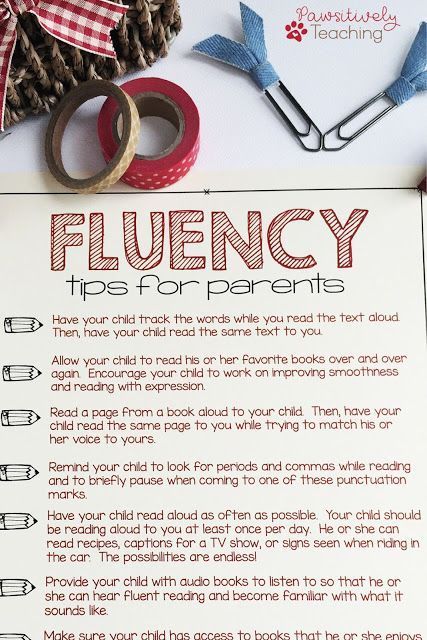 Remember: the aim of reading isn’t to read as many words correctly per minute as possible. The goal is to be able to understand more and more complex texts as we become stronger readers.
Remember: the aim of reading isn’t to read as many words correctly per minute as possible. The goal is to be able to understand more and more complex texts as we become stronger readers.
In our next blog in this series, we’ll examine the important role of vocabulary in the reading process, so stay tuned! To revisit the posts we’ve published so far, see “What families need to know to support their child’s reading,” “All about language comprehension: What it is and how it can help your child read,” “To support reading at home, turn up the sound,” and “Mystery solved: How to help your child crack the phonics code.”
Many thanks to my NWEA colleagues Leslie Yudman, Shiji Mathew, and Toni Gibbs, ELA senior content specialists, for their contributions to this blog post.
How to teach your child to read fluently: tips for parents
Contents
- Reasons for slow reading
- Teaching and speed reading: common adult mistakes
- Five principles of speed reading
- Motivation when teaching reading technique
- read?
- Mirror of results: how to teach a child speed reading and reading technique?
When a child enters school for the first time, he thinks about the exciting adventures that lie ahead of him. However, many parents at this moment bitterly realize that their child's carefree childhood is over, and now they will have to pore over homework and books until the night in order to complete all the teacher's tasks in a timely manner.
However, many parents at this moment bitterly realize that their child's carefree childhood is over, and now they will have to pore over homework and books until the night in order to complete all the teacher's tasks in a timely manner.
Pessimistic thoughts never helped anyone! Ask yourself “how to teach a child to read fluently”, arm yourself with the advice of experienced teachers and, together with your baby, conquer new heights!
Causes of slow reading
Only a child who swallows printed words quickly and intelligently is more successful and better than a reading baby. However, without proper and regular training, the baby will not be able to keep up with the lessons.
There are many reasons for slow reading. We list the most common of them:
- Lack of perseverance - problems with concentration prevent the child from awakening interest in reading.
- Low level of RAM - the kid takes up the story, but after 5 minutes he cannot even name the main characters.
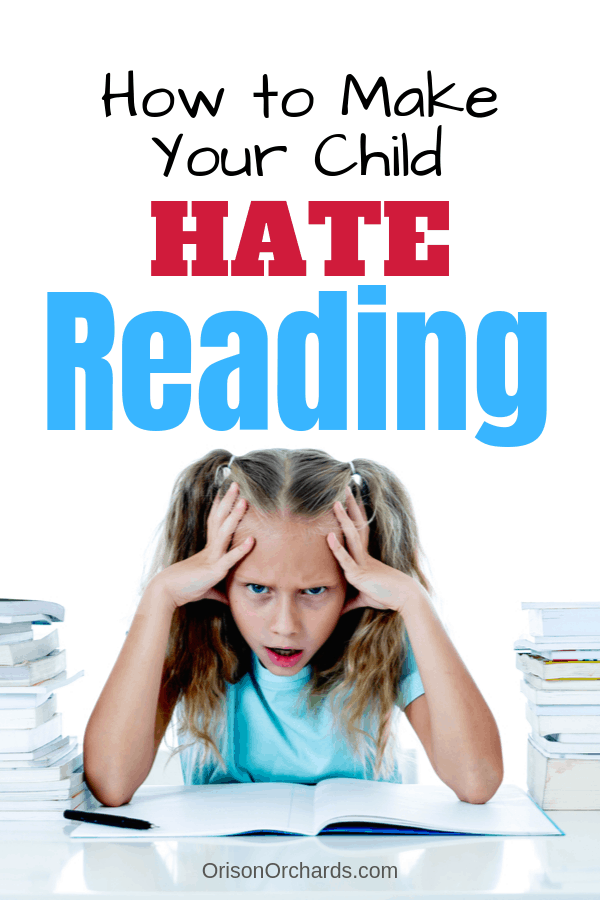
- Laying responsibility for the formation of a child's reading skills only on the teacher - reading and telling children new information in a literature lesson, the teacher simply physically cannot devote time and attention to each kid.
- Limited vocabulary - the student does not understand the meaning of what he read, so he does not enjoy spending time with the book.
- Insufficient practice - the child does not awaken the desire to take up a book, he devotes time to reading only when doing homework.
- Underdevelopment of the articulatory apparatus - problems with pronunciation may be the cause of failure in compliance with the norms of reading technique.
- The presence of a neurological disorder (dyslexia) - difficulties in recognizing letters and words. In order for such a child to read on an equal basis with peers, he will have to make more efforts and enlist the support of parents and an experienced specialist.
If a child has difficulties in learning to speed read and adhere to reading technique, parents and teachers should determine their causes. Fighting the root of the problem will give a greater result than the elimination of its consequences.
Fighting the root of the problem will give a greater result than the elimination of its consequences.
Learning and speed reading: typical adult mistakes
All caring parents want their child to be ahead of their peers in development, or at least meet the standards. Sometimes adults independently take up teaching reading, which makes small but serious mistakes that only push children back.
Common adult mistakes:
- Teaching kids the name, not the pronunciation of a letter. If a child says "me" instead of the sound "m", then it will be difficult for him to read even simple words.
- Listing letters instead of reading syllables. Sometimes parents begin to rejoice at the success of their children early. They do not notice how their child simply lists letters instead of connecting them into syllables. So, between the pronunciation of "m, a, m, a" and "ma-ma" there is a significant difference that needs to be noticed in time.
- Incorrect setting.
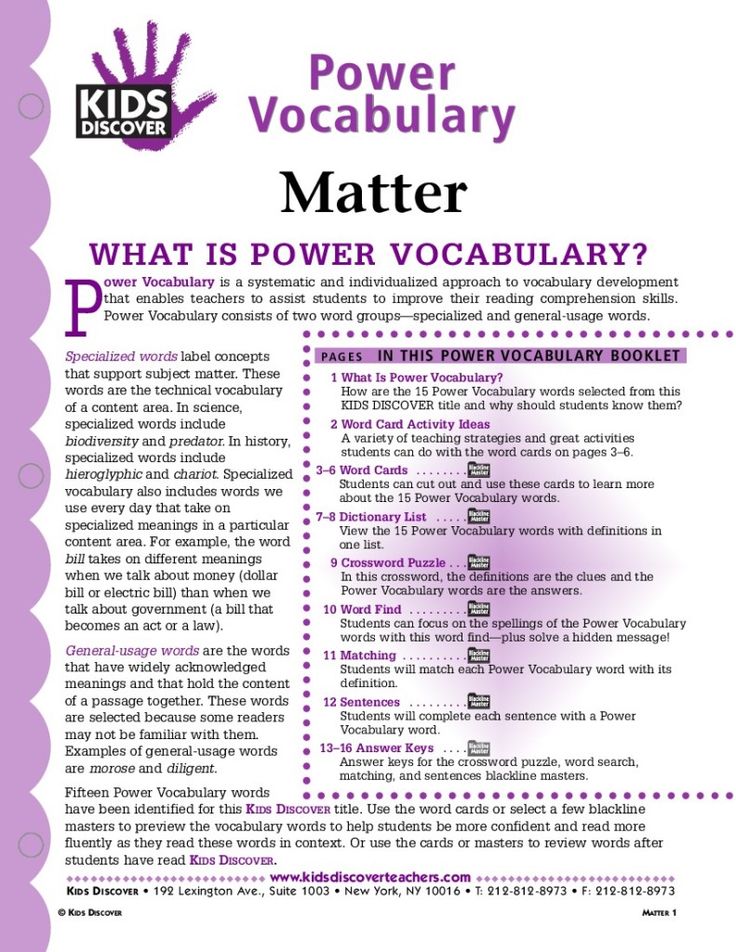 “Read this text - and then you will be free”, “if you read this paragraph, I’ll let you play on the phone” and similar expressions reduce the child’s interest in reading.
“Read this text - and then you will be free”, “if you read this paragraph, I’ll let you play on the phone” and similar expressions reduce the child’s interest in reading. - Excessively long sessions. Rare and long lessons will tire both the child and the adult. It is better to read short texts often than to suffer for a long time over one text every 1-2 weeks.
- Threats and demands. “You are already 7 years old, you should know this”, “and your friend Masha has already read this text” - these are phrases that form an inferiority complex in a baby. Each child is individual and develops at their own pace. Never forget about it!
The first attempts to develop reading skills in a child are not always successful, but by reading about the typical mistakes of adults, the parent will learn to avoid dangers.
The Five Principles of Speed Reading
Sitting at textbooks for a long time irritates both kids and parents. It seems to adults that the child is simply delaying the moment and trying to evade the task.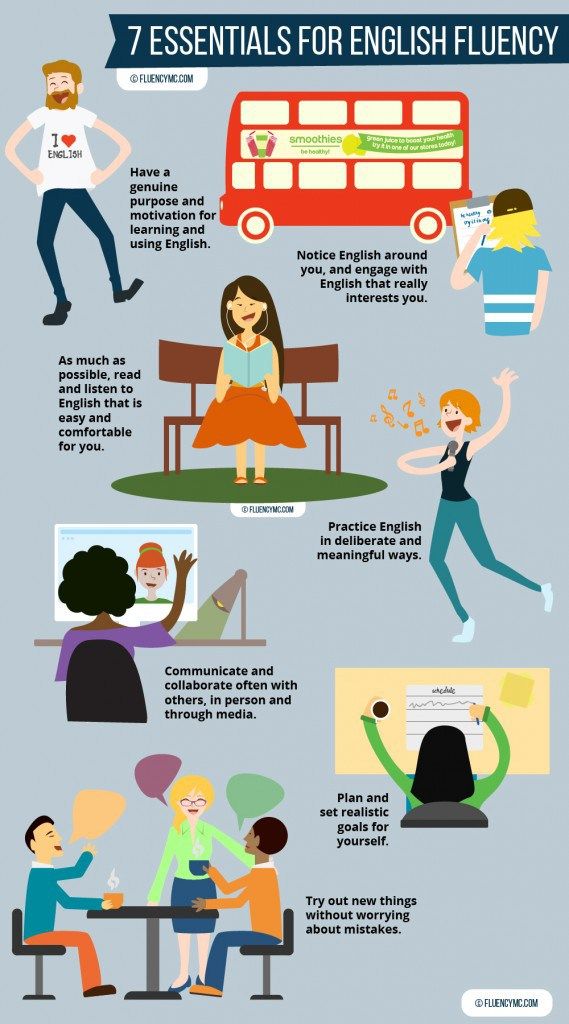 The student is sure that his parents demand the impossible from him. In this situation, it is necessary not only to restore mutual understanding, but also to find a way to effectively complete tasks.
The student is sure that his parents demand the impossible from him. In this situation, it is necessary not only to restore mutual understanding, but also to find a way to effectively complete tasks.
Quickly swallowing book pages and turning reading into an exciting activity will allow mastering the following five principles:
- Concentration of attention. It is difficult not to notice one important detail: a child copes with an interesting book much better and faster than with a boring textbook. The game "Concentration" will allow you to train the attention of the baby so that he is not distracted while doing homework.
- Suppression of the habit of pronouncing the text. Silent reading helps to quickly cope with book pages.
- Improving the ability to keep several paragraphs in front of the eyes. Teach your child to understand the structure of the text and read it "diagonally" - and your child will not only quickly swallow book pages, but also successfully cope with playing sports that require a "keep eye".
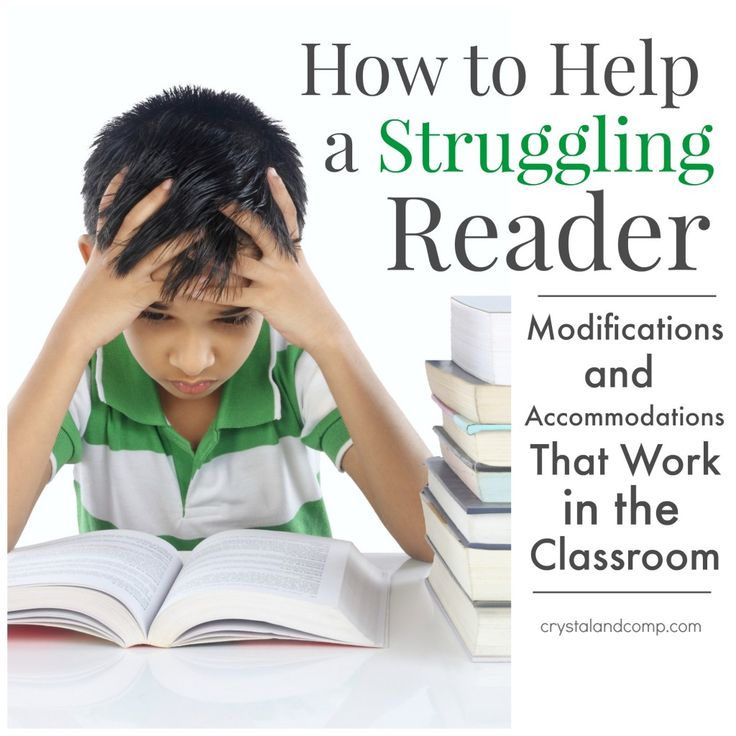
- Information management. Explain to the baby that he does not need to memorize the entire text, word for word. Play detective with him and look for useful information in the entire array of printed words.
- Development of memory. Speed reading will allow your child to cope with textbooks 2-3 times faster than his peers. However, without the ability to remember what you read, the skill will be useless. Games "Pathfinder" or "Letter coverage" will help train memory so that the child is good at both reading and reproducing information from the text.
Introduce these principles into your daily diet with new knowledge - and doing homework will no longer be a long and exhausting process for a schoolboy.
Motivation for teaching reading techniques
Let's be honest: there is little chance for a primary school student to truly fall in love with reading. The most interesting books are still "too tough" for him because of their large volume and abundance of unfamiliar words.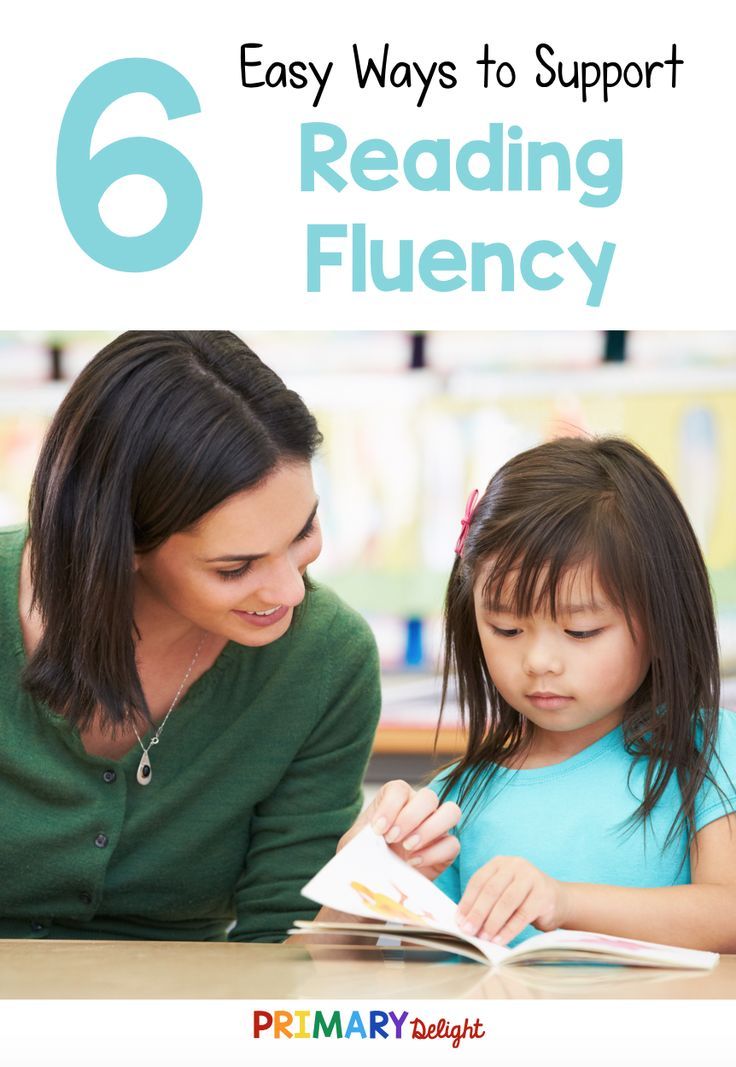 At this stage, the main task of parents is to develop in the baby a craving for new knowledge and a desire to learn to read as soon as possible.
At this stage, the main task of parents is to develop in the baby a craving for new knowledge and a desire to learn to read as soon as possible.
- Find an interesting book with short texts for your baby – appreciate the role of a collection of poems and anecdotes, children's encyclopedias and comics.
- Read aloud to your child. Agree that the baby needs to say one or two sentences from the printed text, and you will sound the whole page.
- Use extrinsic motivation.
Mastering the skill of reading is a difficult task that cannot be completed in one day. Take small steps towards this goal daily, and progress will not be long in coming.
- Do not give your child a thick book with no pictures or small print. It is better to give preference to text that is decorated with colorful illustrations or clearly divided into paragraphs. Interesting literature will awaken interest in reading and turn it into a desired process.
- Do not consider the book a punishment - avoid the phrase "well, if you have nothing to do, we will read now" and similar formulations.
 The wrong attitude will fix the child in the opinion that reading is long, unpleasant and uninteresting.
The wrong attitude will fix the child in the opinion that reading is long, unpleasant and uninteresting. - Do not offer sweets, computer games, or other specific rewards. Otherwise, the child will consider reading a nasty thing that you just have to experience in order to get what you want.
- Do not watch a movie or cartoon with your child before getting to know the work.
- Read for yourself, and enthusiastically retell new information to the baby. Your child will be infected by your example and will also want to spend time with a book.
To revive a child's interest in reading, you need to make regular efforts. The main task of the parent is to make sure that the baby likes to spend time with a book in his hands. Do not scold your child, do not compare him with peers and do not turn classes into a punishment for some kind of misconduct.
Do not force children to read, but stimulate their interest in knowledge. Buy them a colorful book, retell your favorite fairy tale, promise to watch a movie about your favorite characters later. Reading should not be a desperate attempt to get your homework in order. Turn it into an exciting process that you want to return to again and again.
Reading should not be a desperate attempt to get your homework in order. Turn it into an exciting process that you want to return to again and again.
It's interesting
To ignite the love of reading in your child, don't forget to set the right example. Children of well-read parents are more likely to be drawn to new knowledge. Make it a regular threesome: you, your baby, and a book.
How to teach a child to read quickly?
Unobtrusive regular practice will make learning to read an interesting and fun process.
If you are still thinking about how to teach your baby to read expressively and fluently, we advise you to do the following exercises:
- "Joker letters" - prepare cards with rhymes, proverbs and riddles. Do not forget to make 3-4 letters “abnormal”: make them stand on their heads, lie on their sides, or depict some kind of sign or object. Ask your child to read what is on the card.
- "Fly". Fantasize with your child about how a fly, a dog, a snake, and so on would speak.
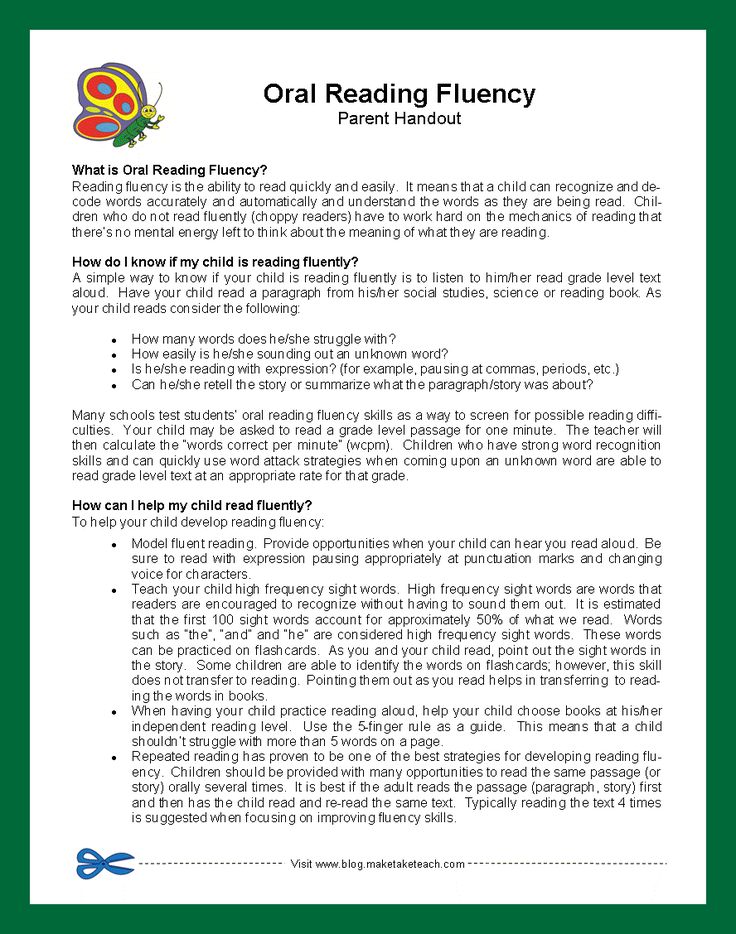 Feel free to be creative when teaching to read.
Feel free to be creative when teaching to read. - "Who is more?". Ask your child to choose their favorite letter from the alphabet. Take turns saying the words that begin with it.
- "Chain". This exercise is based on the popular game "Cities". Since an elementary school student is not always strong in geography, name any objects or phenomena in turn with him. The main thing is that the first letter of the new word coincides with the end of the previous one.
- Crossing out is another example of how you can make learning to read fun and creative. Prepare cards, large prints with pictures, or pages from a children's magazine. Have your child cross out one letter. Do not force your child to read quickly and cross out as much as possible. The meaning of the task is not to miss a single letter in the text.
- "Wave" is an exercise designed for toddlers who can easily read 50-60 words. First, the students need to read the text as usual, and then the children try to repeat the same thing when the book is at an angle of 90 or 180 degrees.
 Begin the exercise with a sentence or two, and be sure to include The Wave in your regular reading routine.
Begin the exercise with a sentence or two, and be sure to include The Wave in your regular reading routine. - Reading tables of syllables and words. Record the time on the stopwatch and track the dynamics of success.
Remember to do each exercise twice. The first lesson is designed to develop, and the second - to consolidate the results.
With the right approach to learning, children will have a genuine interest in reading. In the course of daily training, you need to additionally include retelling and games to develop memory and attention.
Mirror of results: how to teach a child speed reading and reading technique?
Even the smallest step towards achieving the goal deserves praise. Create a table with the results above the student's desktop and do not forget to be interested in his success in completing online games to train memory and attention.
Don't force your child to learn - the principle of "faster, higher, stronger" does not always give a positive result.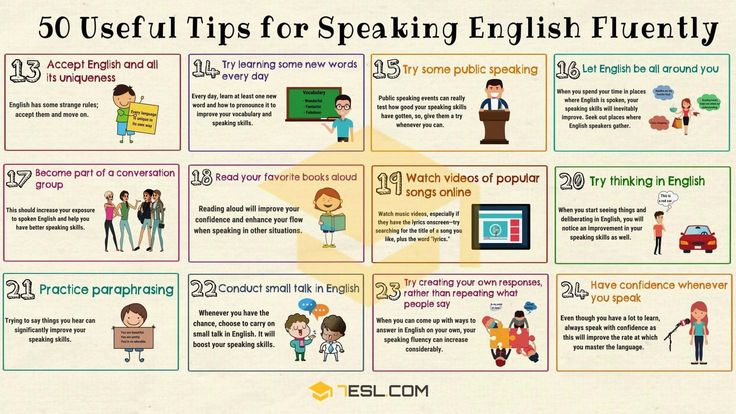 Instead, develop your formula for success:
Instead, develop your formula for success:
- Get ready for the next peak together: read texts in turn, think of joke letters, cross out a certain letter and do a retelling.
- Forget about comparing your child with classmates and acquaintances.
- Do not place all your hopes only on the teacher. The lesson is limited in time, therefore, under his strict supervision, children will not always be able to read.
- Do not exercise for more than 30 minutes a day without stopping. Do not read through force, otherwise the children will lose interest in this process. It is better to divide the lesson into two blocks, with breaks.
- Learn the reading standards and check your results regularly to ensure they meet them.
To learn speed reading, get children interested in words and teach them to swallow books intelligently, follow the results of the kids. Don't demand, just ask. Do not speak, but read silently. Do not rush to watch cartoons, but first check out the original work.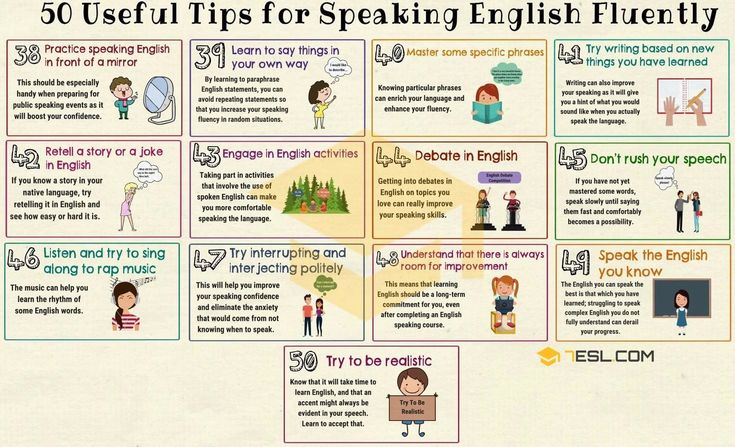 And then everything will work out!
And then everything will work out!
How to teach a child to read fluently in grades 1-3
Today, many parents want their children to master speed reading, because this skill directly affects school performance. If the student is able to read quickly and memorize what he read well, then mastering the material from textbooks and various manuals will not cause difficulties. There are many ways to take reading skills to the next level. Which of them are best for schoolchildren and how to teach a child to read fluently in grades 1-3?
Rapid reading technique
The ability to work with information is the most important skill of a modern person, which he acquires in childhood and improves throughout his life. Since we draw most of our knowledge from textbooks and books, the ability to quickly work with text is of particular importance. Already in the first grade or even before school, kids gradually learn to read and write, learn to read syllables, words and whole sentences.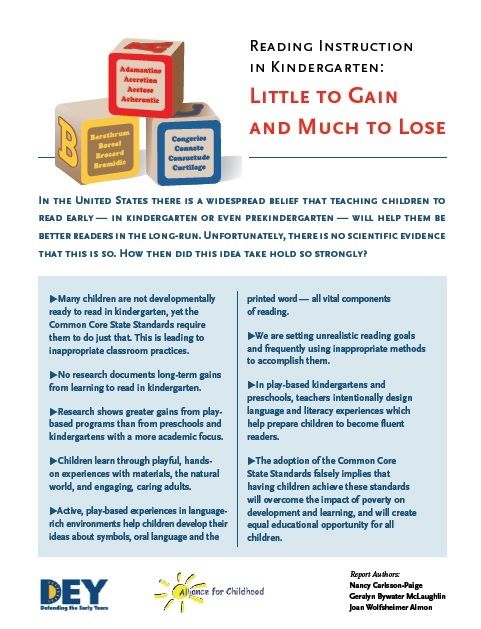 Over time, their skills improve and hone, but is such progress enough for a productive and high-quality acquaintance with the text?
Over time, their skills improve and hone, but is such progress enough for a productive and high-quality acquaintance with the text?
The older the child gets, the more textual information he has to work with. The school curriculum is gradually becoming more complex, more and more new subjects appear. At some point, the child may be faced with the fact that doing homework takes a lot of time. Often this is due to the fact that the reading skills acquired in elementary school were not given enough attention. Even if a child reads aloud or to himself quickly enough, he may have difficulty understanding and remembering what he read. That is why it is so important to pay attention to the ability to work with text.
It is not uncommon for elementary schools to test reading skills to allow the teacher to assess how quickly a student can reproduce a given text aloud. It does not matter how well he absorbs the material at the same time. Because of this, it often happens that children either read quickly or try to understand and remember what they read.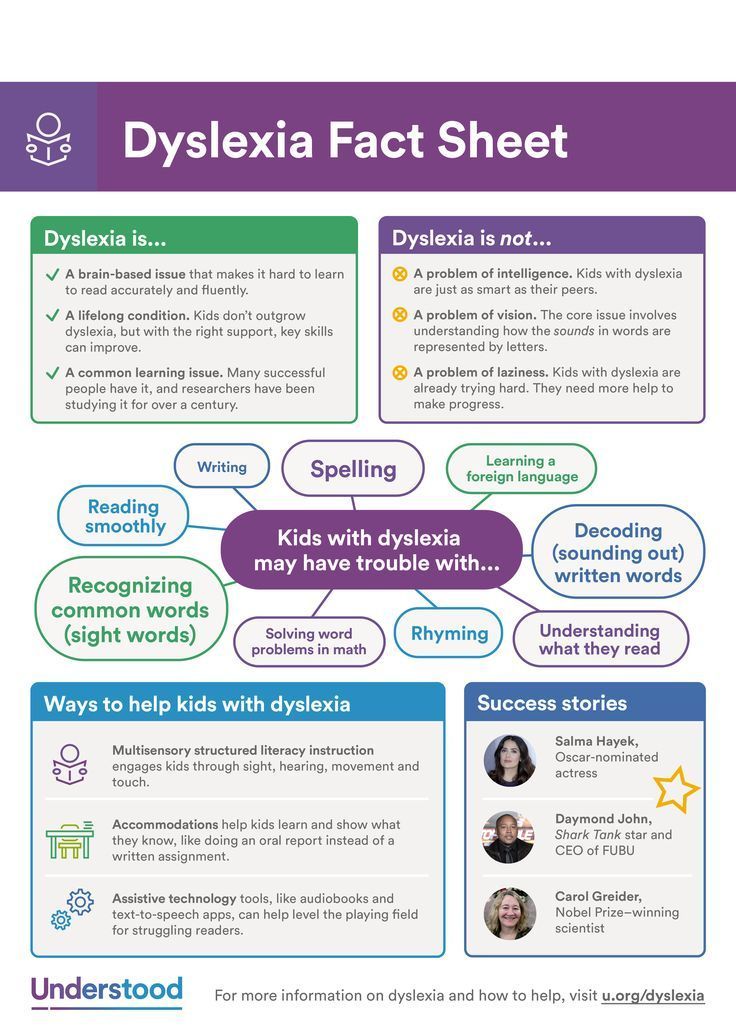 Few people manage to combine these approaches to familiarization with the text. That is why more and more parents are thinking about how to teach their child a quick reading technique without losing the quality of assimilation of information.
Few people manage to combine these approaches to familiarization with the text. That is why more and more parents are thinking about how to teach their child a quick reading technique without losing the quality of assimilation of information.
How to teach a child to read fluently
Learning to read quickly involves several stages at once, each of which is important. First you need to work out the primary skills of working with text in order to teach the child to read at speed, since this is the basis of any speed reading methods. In order for the student to be able to work with the text faster, it is necessary to correct the most common shortcomings that are most common in children:
- reading by syllables. It is necessary to gradually teach kids to read words in their entirety, because reading by syllable negatively affects the speed of reproduction and perception of textual information.
- insufficient concentration while reading. If students are constantly distracted, then it is difficult for them to grasp the meaning of the work, so you need to train to maintain attention in the process of familiarizing yourself with the book.
 Otherwise, the student will constantly return to the part already read, as he has lost the thread of the story. It will also significantly slow down the reading speed.
Otherwise, the student will constantly return to the part already read, as he has lost the thread of the story. It will also significantly slow down the reading speed. - pronunciation of words to oneself. It is necessary to try to suppress internal articulation, otherwise it will not be possible to achieve such a reading speed that would be faster than the speed of oral speech.
When the period of work on the errors has passed, you can proceed to the study of viewing reading. At this stage, you need to expand the angle of view and teach the child to read the text not line by line, but in whole blocks. To do this, you have to give up the habit of concentrating on any particular line. This period is the most difficult
when teaching speed reading, but it is precisely this period that allows you to learn how to absorb a whole page of text in a few seconds.
Advantages of speed reading in grades 1-3
The ability to read quickly affects a child's academic performance and motivation to study, even in elementary school.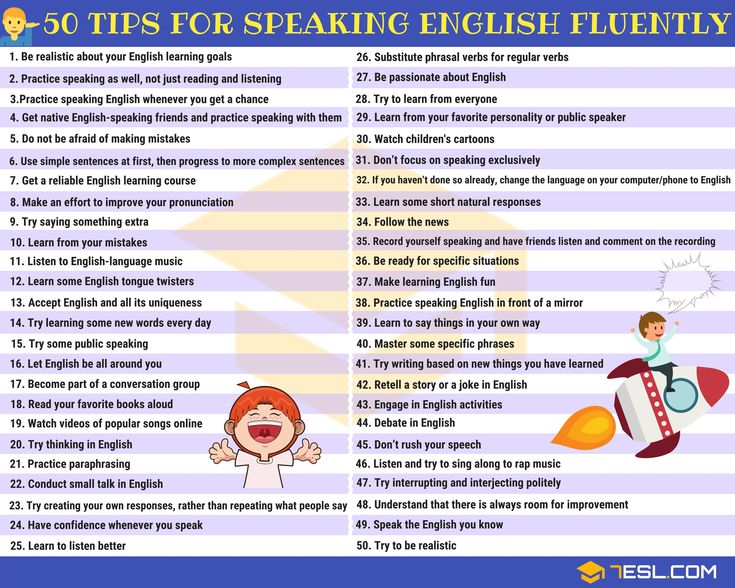 The easier it is for children to work with text, the easier it is for them to do homework. And this is not only about those subjects that involve oral work with the text. The writing literacy of children who read well is much higher than that of those children who have difficulty working with text.
The easier it is for children to work with text, the easier it is for them to do homework. And this is not only about those subjects that involve oral work with the text. The writing literacy of children who read well is much higher than that of those children who have difficulty working with text.
When a child consciously reads literary works, he intuitively memorizes the spelling of previously unfamiliar words. Even understanding how to punctuate improves over time. This is especially noticeable when writing essays at school. Children with a good reading skill write them more competently, understand where to put commas, question marks and exclamation marks. They master the division of the text into its constituent parts faster than their peers, better understand the main idea of what they read.
Another important plus is that the ability to read quickly allows the child to fall in love with books. When reading literary works is easy, getting to know them is much more interesting.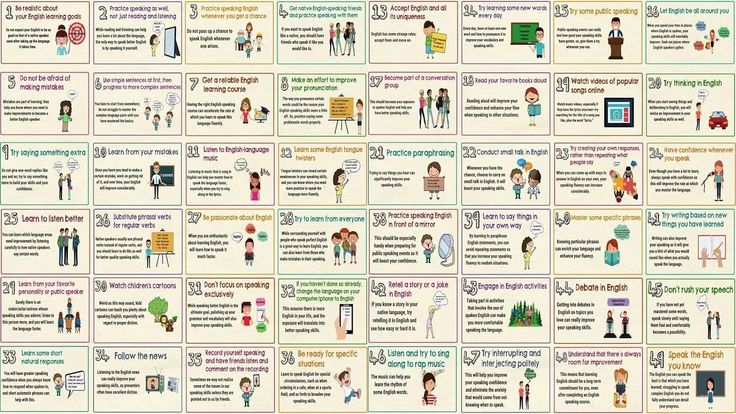 And, conversely, weak text skills are very often the reason for the negative attitude of schoolchildren to books.
And, conversely, weak text skills are very often the reason for the negative attitude of schoolchildren to books.
All this makes the method of speed reading one of the most popular programs of additional education, because it can significantly improve the skills of children and give them a good basis for further mastering knowledge at school. But is it possible to learn speed reading at home?
Methods of teaching children speed reading
Assimilation of any curriculum requires regular training. Only by observing the frequency of classes, you can improve your skills and achieve visible results. If we are talking about schoolchildren, then it can be difficult for them to plan their day on their own and devote time daily to exercises to master speed reading. Parents also do not always have the opportunity to help their child with studies at school, and to work with him additionally. That is why adults are increasingly sending their children to speed reading courses, where they manage to maintain the regularity of training.